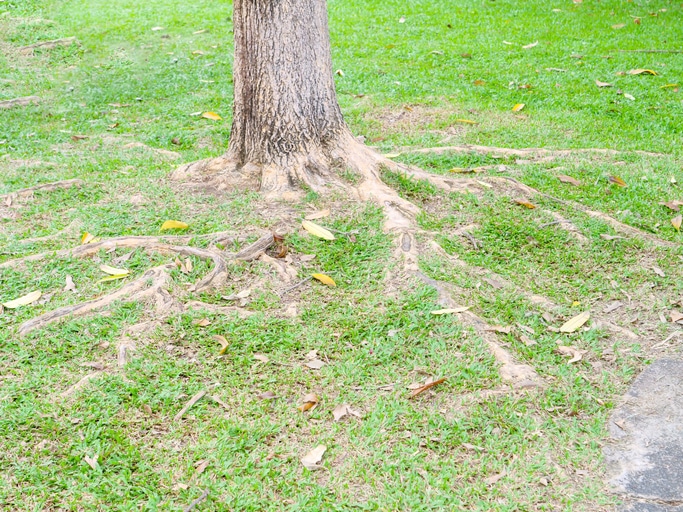Can a residential drainage system be repaired, or are you better off replacing the entire system? The answer depends on the extent of the damage and other factors. At Align Foundation Repair, we offer effective, long-term existing drainage system repair solutions, though in some rare cases, the whole system may need to be replaced.
Let’s explore the factors that determine when repair is doable and the situations that warrant a total drain replacement.
When Can a Drain Be Repaired?
If you see puddles forming around the home and dangerously close to the foundation, then the drainage is clearly failing. What is the cause of the drain failure in the first place? The most common cause is a simple backup due to a buildup of solid debris accumulating in the pipes. The drains can be cleared using a number of techniques, such as hydro-jetting.
The issue may also lie within the pipe itself. The pipe may be sagging (AKA “bellying”) or be separated at the joints. If gutters are involved, the pipe may pull away from the roof. These issues are repairable.
When Should You Replace the Entire Drainage?
A simple reason for replacement is old age. The definition of “old,” though, depends on the type of pipes. Cast iron pipes, for example, have a lifespan of about 50 years. PVC pipes, more common in modern homes in the North Texas region, have a similar lifespan of 50 to 60 years. If you’re experiencing constant issues, and the pipes are within five years of their life expectancy, then it may be time for a replacement.
Issues may also arise due to poor initial installation. Drainage needs to be installed with its surroundings in mind. The driveway, for example, may have a section that angles inward, allowing water to puddle. Likewise, the home itself may be built on the downward end of a slope. These are issues that need to be addressed beforehand. However, the previous installer may not have taken these facets into consideration. In this instance, the entire system may need to be replaced or reconfigured.
Other situations that may require a full replacement include:
- Extensive pipe corrosion
- Extensive pipe damage from tree roots
- Old pipes not conforming to modern regulations
We Repair and Replace Existing Drains
Align Foundation Repair installs drainage systems, including French, surface, and channel drain solutions. Likewise, we can also fix a current drainage system if the issue is relatively minor, and the system as a whole is still in fair condition.
Only an in-person evaluation from one of our technicians can make the determination. Give us a call today; we provide a free estimate with every home visit.






